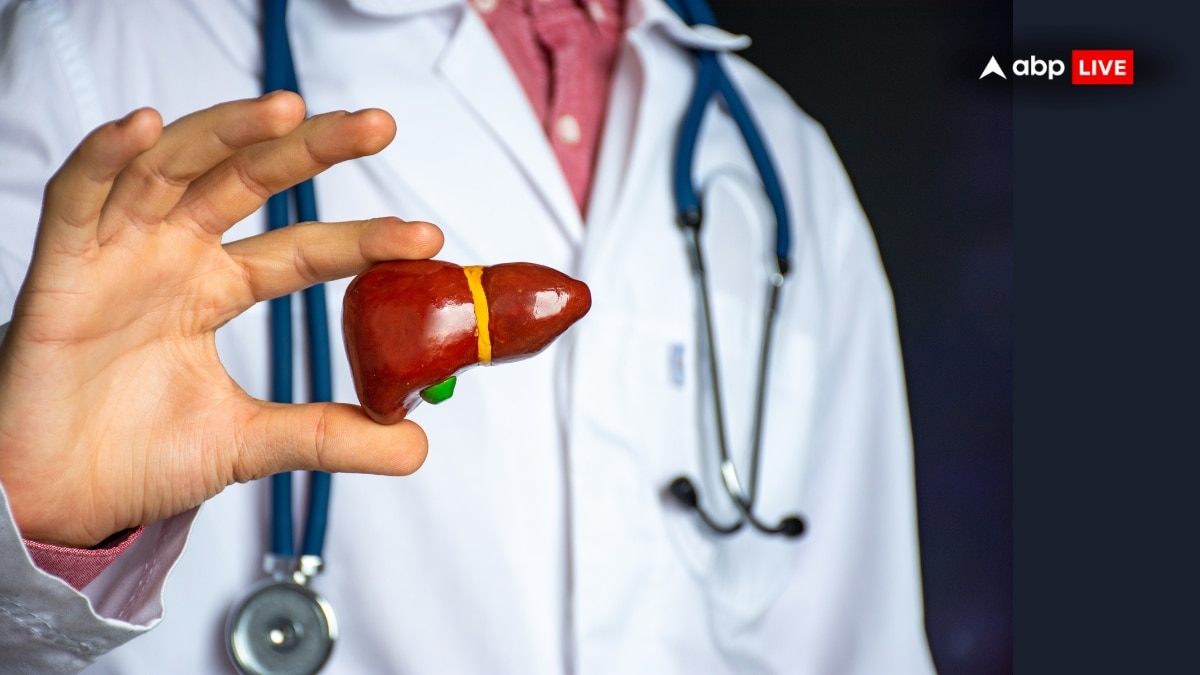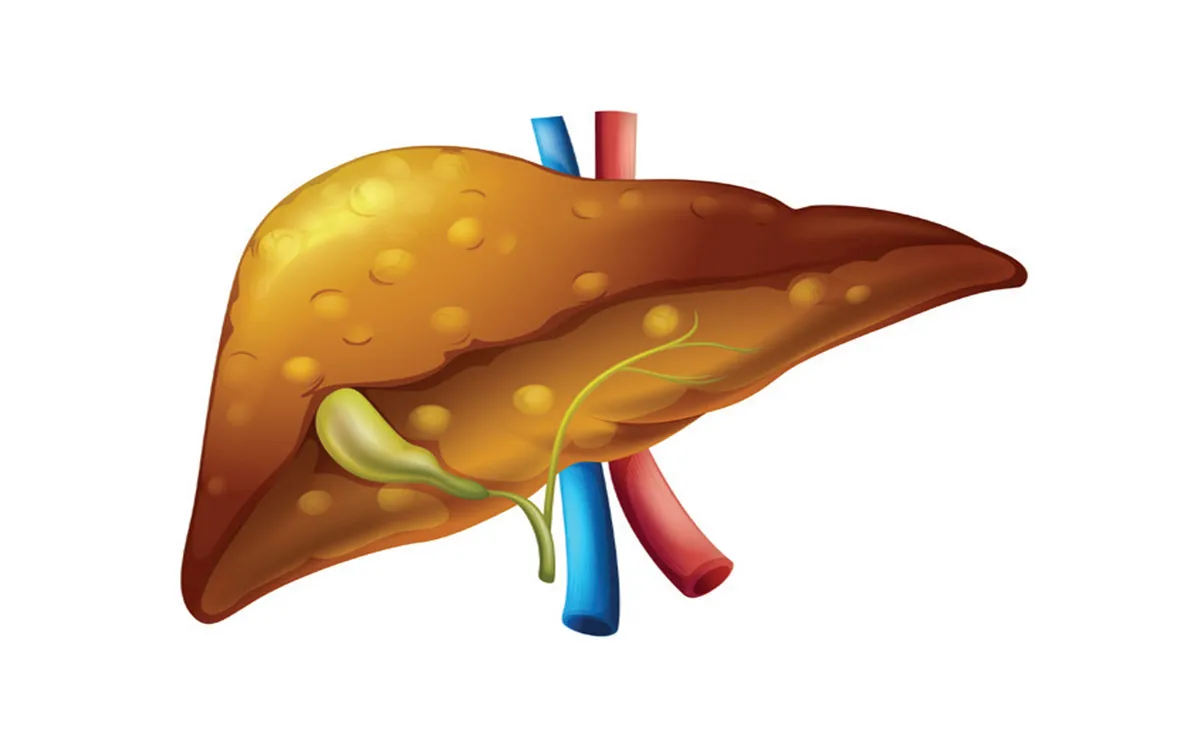A 30-year-old man had no idea his liver was failing — until fatigue escalated into collapse and he was taken to hospital. Diagnosed with acute liver failure due to viral hepatitis, he suffered a cardiac arrest, and had to be revived with CPR. Time was running out, and a transplant was the only option.
But there was a complication. Initially, his sister was identified as the donor, but tests revealed her liver was smaller than ideal. The family then proposed the brother-in-law, whose liver was a better size match — but being a second-degree relative, his donation would require lengthier regulatory approvals.

As the hospital team worked to fast-track those permissions, the patient’s condition worsened. He suffered a sudden cardiac arrest. The critical care team was able to revive him, though, and placed him on ventilator support.
That’s when the transplant team made a decisive call. "This was one of the most challenging cases we have encountered,” said Dr Ajitabh Srivastava, Director, HPB Surgery & Liver Transplant, Max Super Speciality Hospital, Patparganj. "The patient’s survival depended on precise coordination, swift decision-making, and the expertise of our multidisciplinary team.
Acute liver failure is a rapidly progressing condition where every second matters." An immediate action was crucial after the patient suffered a sudden cardiac arrest. "Our team quickly stabilised him through CPR, and we made the decisive call to proceed with the transplant with the sister as the donor, as any further delay could have been fatal," said the hospital.
What followed was a surgery that lasted nine hours, carried out by a team of hepatobiliary surgeons, anaesthesiologists, and intensive care specialists. What made it "complex" was the fact that the liver graft was smaller than ideal. However, the operation was a success.
"The patient is now doing well,” said the hospital. H is sister is doing well too, with her liver expected to regenerate naturally. What Is Acute Liver Failure? Why It’s So Deadly Unlike chronic liver conditions, acute liver failure strikes suddenly and can lead to death within days.
In India, viral hepatitis (especially A and E) is a leading cause, often linked to contaminated water and poor hygiene. Other triggers include: Drug toxicity (especially painkillers and herbal supplements) Autoimmune hepatitis Wilson’s disease (a genetic condition) Acute fatty liver of pregnancy Certain infections or poisons Since symptoms can be mild at first — like nausea or fatigue — patients often arrive at the hospital critically ill, with confusion, bleeding, or coma. Living Donor Liver Transplants: A Life-Saving Option India has a severe gap between liver transplant needs (estimated at over 25,000 cases annually) and the number of transplants actually performed (around 2,000-3,000).
This is largely due to organ shortages. In such cases, Living Donor Liver Transplants (LDLT) offer a timely and often life-saving option: Only a portion of the liver is removed (commonly the right lobe). Both donor and recipient livers regenerate to full size within weeks.
Donors are thoroughly evaluated for safety. Most donors are close relatives— siblings, parents, or spouses . LDLT is often the only viable option when cadaver livers are unavailable.
The writer is a senior independent journalist. [Disclaimer: The information provided in the article, including treatment suggestions shared by doctors, is intended for general informational purposes only. It is not a substitute for professional medical advice, diagnosis, or treatment.
Always seek the advice of your physician or other qualified healthcare provider with any questions you may have regarding a medical condition.] Check out below Health Tools- Calculate Your Body Mass Index ( BMI ) Calculate The Age Through Age Calculator Also read The Painkillers You Pop Can Cause Acute Liver Failure If Taken Recklessly Fatty Liver To Cancer: 5 Deadly Outcomes Of Alcohol.
Sudden Liver Failure, Cardiac Arrest — And Then A 9-Hour Life-Saving Transplant In The Nick Of Time

A 30-year-old man had no idea his liver was failing — until fatigue escalated into collapse and he was taken to hospital. Diagnosed with acute liver failure due to viral hepatitis, he suffered a cardiac arrest, and had to be revived with CPR.Time was running out, and a transplant was the only option. But there was a complication.Initially, his sister was identified as the donor, but tests revealed her liver was smaller than ideal. The family then proposed the brother-in-law, whose liver was a better size match — but being a second-degree relative, his donation would require lengthier regulatory approvals.As the hospital team worked to fast-track those permissions, the patient’s condition worsened. He suffered a sudden cardiac arrest. The critical care team was able to revive him, though, and placed him on ventilator support. That’s when the transplant team made a decisive call."This was one of the most challenging cases we have encountered,” said Dr Ajitabh Srivastava, Director, HPB Surgery & Liver Transplant, Max Super Speciality Hospital, Patparganj. "The patient’s survival depended on precise coordination, swift decision-making, and the expertise of our multidisciplinary team. Acute liver failure is a rapidly progressing condition where every second matters." An immediate action was crucial after the patient suffered a sudden cardiac arrest. "Our team quickly stabilised him through CPR, and we made the decisive call to proceed with the transplant with the sister as the donor, as any further delay could have been fatal," said the hospital. What followed was a surgery that lasted nine hours, carried out by a team of hepatobiliary surgeons, anaesthesiologists, and intensive care specialists. What made it "complex" was the fact that the liver graft was smaller than ideal. However, the operation was a success. "The patient is now doing well,” said the hospital. His sister is doing well too, with her liver expected to regenerate naturally.What Is Acute Liver Failure? Why It’s So DeadlyUnlike chronic liver conditions, acute liver failure strikes suddenly and can lead to death within days. In India, viral hepatitis (especially A and E) is a leading cause, often linked to contaminated water and poor hygiene.Other triggers include:Drug toxicity (especially painkillers and herbal supplements)Autoimmune hepatitisWilson’s disease (a genetic condition)Acute fatty liver of pregnancyCertain infections or poisonsSince symptoms can be mild at first — like nausea or fatigue — patients often arrive at the hospital critically ill, with confusion, bleeding, or coma.Living Donor Liver Transplants: A Life-Saving OptionIndia has a severe gap between liver transplant needs (estimated at over 25,000 cases annually) and the number of transplants actually performed (around 2,000-3,000). This is largely due to organ shortages.In such cases, Living Donor Liver Transplants (LDLT) offer a timely and often life-saving option:Only a portion of the liver is removed (commonly the right lobe).Both donor and recipient livers regenerate to full size within weeks.Donors are thoroughly evaluated for safety.Most donors are close relatives—siblings, parents, or spouses.LDLT is often the only viable option when cadaver livers are unavailable.The writer is a senior independent journalist.[Disclaimer: The information provided in the article, including treatment suggestions shared by doctors, is intended for general informational purposes only. It is not a substitute for professional medical advice, diagnosis, or treatment. Always seek the advice of your physician or other qualified healthcare provider with any questions you may have regarding a medical condition.]















